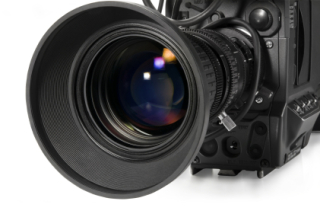Connecting The Dots: Enterepreneurial Networks & Innovation
 Networks drive innovation.
Networks drive innovation.
Social network analysis views social relationships in terms of network theory consisting of nodes and ties (also called edges, links, or connections). http://en.wikipedia.org/wiki/Social_network
Social networking theorists have stressed the value of networks to individuals, companies, and even countries. Creating and connecting dots has replaced money, sex and real estate as the top topics at cocktail parties and propelled the founder of Facebook to the cover of Time magazine.
Institutions of higher education, like health sciences professional schools, will likewise benefit from this networking trend and become part of the movement towards creating the entrepreneurial university http://www.huffingtonpost.com/buck-goldstein/the-entrepreneurial-unive_b_516503.html
The concept of the entrepreneurial university goes beyond creating high performance technology transfer operations with eye-popping invention disclosure, licensing and spinout numbers. Rather, the idea is to create structure and processes, an academic innovation ecosystem, that provides an entrepreneurial mindset to every graduate of the unversity , not just a handfull of faculty superstars in the medical or engineering school.
Universities like the University of North Carolina-Chapel Hill, Stanford, MIT and Harvard have embraced the concept and are encouragng others to do the same. How would you know an entrepreneurial university if you saw one? A few things to look for are:
- A clear definition of innovation and a strategy that drives it
- Leadership from the top
- Robust campus internal and external networks
- Clearly defined entrepreneurship learning objectives and curriculum design for all students
- Knowledge transfer and knowledge exchange programs
- Recruitment, development and retention HR policies designed to attract and promote entrepreneurial faculty
- A way to measure outcomes and impact
Innovation is our major sustainable competitive advantage. Entrepreneurial universities, and their professional school faculties, are in a position to solve most of the world's major problems. That vision is a long way from finding a date online the first week of college.





 Post a Comment
Post a Comment




